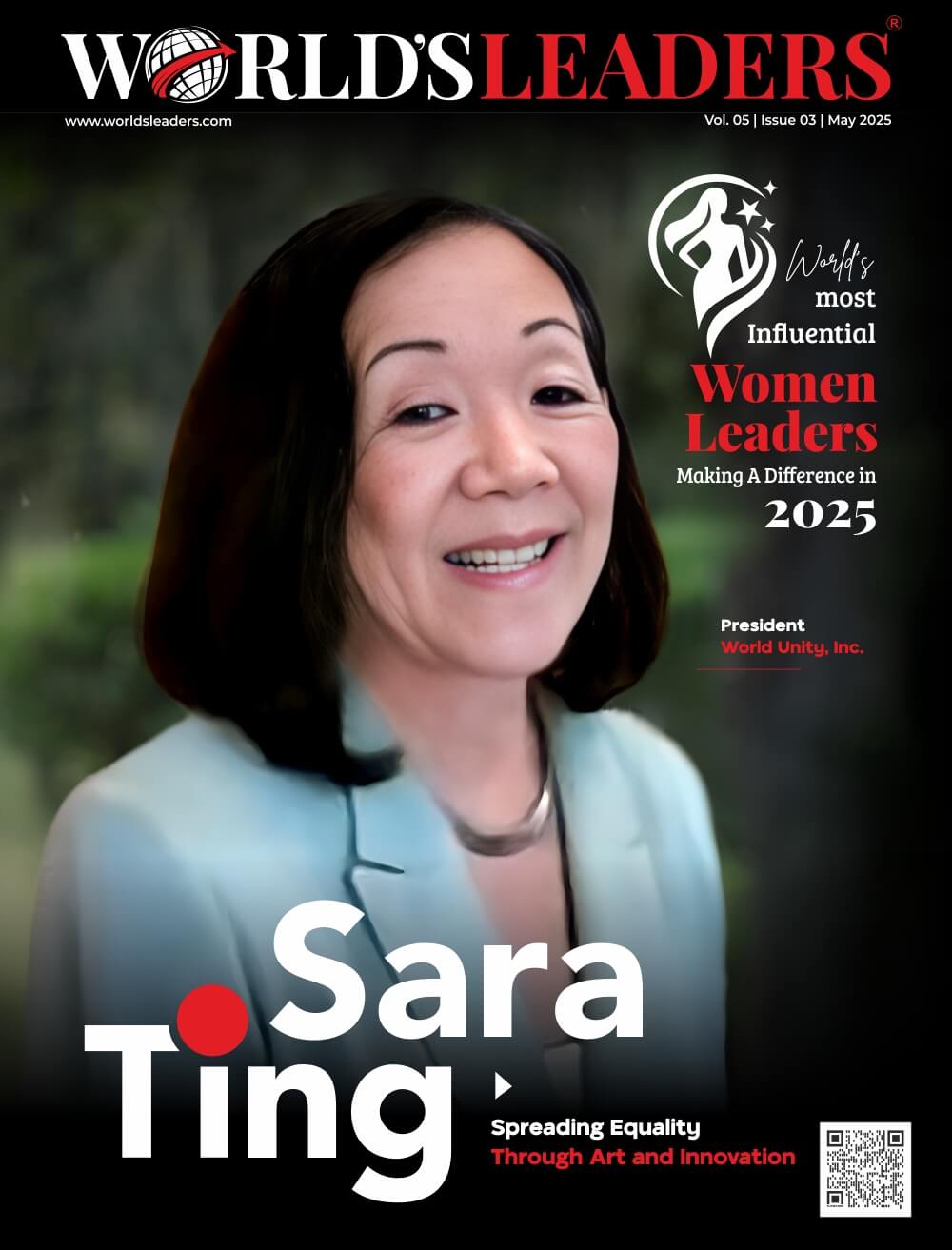The history of women traveler’s dates back to ancient times, when women such as the Greek philosopher Hypatia and the Chinese poet and traveler Xu Xiake embarked on journeys to learn and explore the world. However, for much of history, women’s mobility was limited by societal norms and cultural restrictions, and travel was often seen as a privilege reserved for men.
In the 19th and early 20th centuries, as travel became more accessible and affordable, women began to travel more widely and independently. Female travelers of this era were often members of the upper class and traveled for leisure or to escape societal constraints. Some also used travel as a means of seeking adventure or exploring their independence, and their journeys inspired other women to follow in their footsteps.
During the 20th century, women’s travel continued to evolve, and more women began to travel for work and education. The rise of budget travel and the increasing availability of female-only accommodations also made it easier for women to travel on their own. In recent years, solo female travel has become more popular, and women are increasingly taking advantage of opportunities to travel and explore the world.
There has been a significant increase in the number of women traveling solo or in groups. Women are becoming more confident and independent, and they are seeking new experiences and challenges. The travel industry has also responded to this trend by offering more products and services specifically designed for women travelers. From female-only accommodations to women’s tours and travel packages, there is now a greater variety of options for women who want to explore the world on their own terms.
The rise of women travelers has also been fueled by increased access to information and resources. With the Internet and social media, women can research and plan their trips more easily and connect with other female travelers for advice and support. Additionally, the growing popularity of solo female travel has made it more socially acceptable and less stigmatized, encouraging even more women to take the leap and embark on their own adventures.
However, women travelers can bring unique perspectives and qualities to their travels, such as:
- Attention to detail: Women tend to be detail-oriented, which can make them meticulous planners who are good at anticipating potential challenges and making arrangements to minimize them.
- Flexibility and adaptability: Women are often good at adapting to new and unfamiliar situations, which can make them more resilient when faced with unexpected events or changes in plans.
- Open-mindedness: Women are often more open-minded and curious about different cultures and ways of life, which can make them more interested in exploring new places and learning about local customs and traditions.
- Strong communication skills: Women tend to be good communicators, which can make them more successful at navigating language barriers and building connections with locals and other travelers.
Of course, these are generalizations and do not apply to every woman traveler. Ultimately, what makes someone a “good” traveler is a combination of personal characteristics, travel experiences, and individual preferences and interests.
Despite progress in women’s travel, there are still challenges and obstacles that women face, such as cultural prejudices, safety concerns, and a lack of representation in the travel industry. However, women continue to push boundaries and break down barriers, and their impact on the world of travel is significant and growing.





